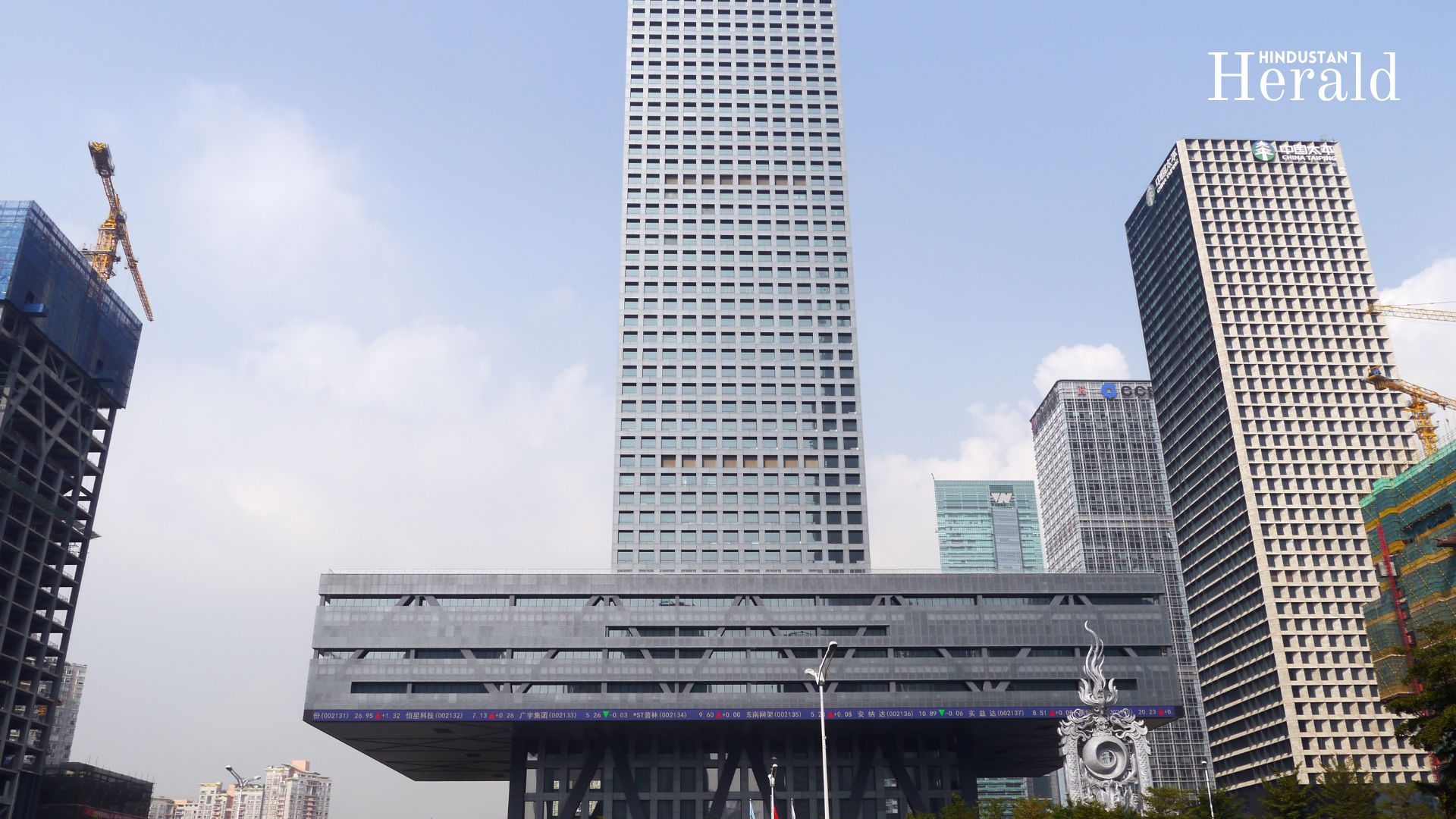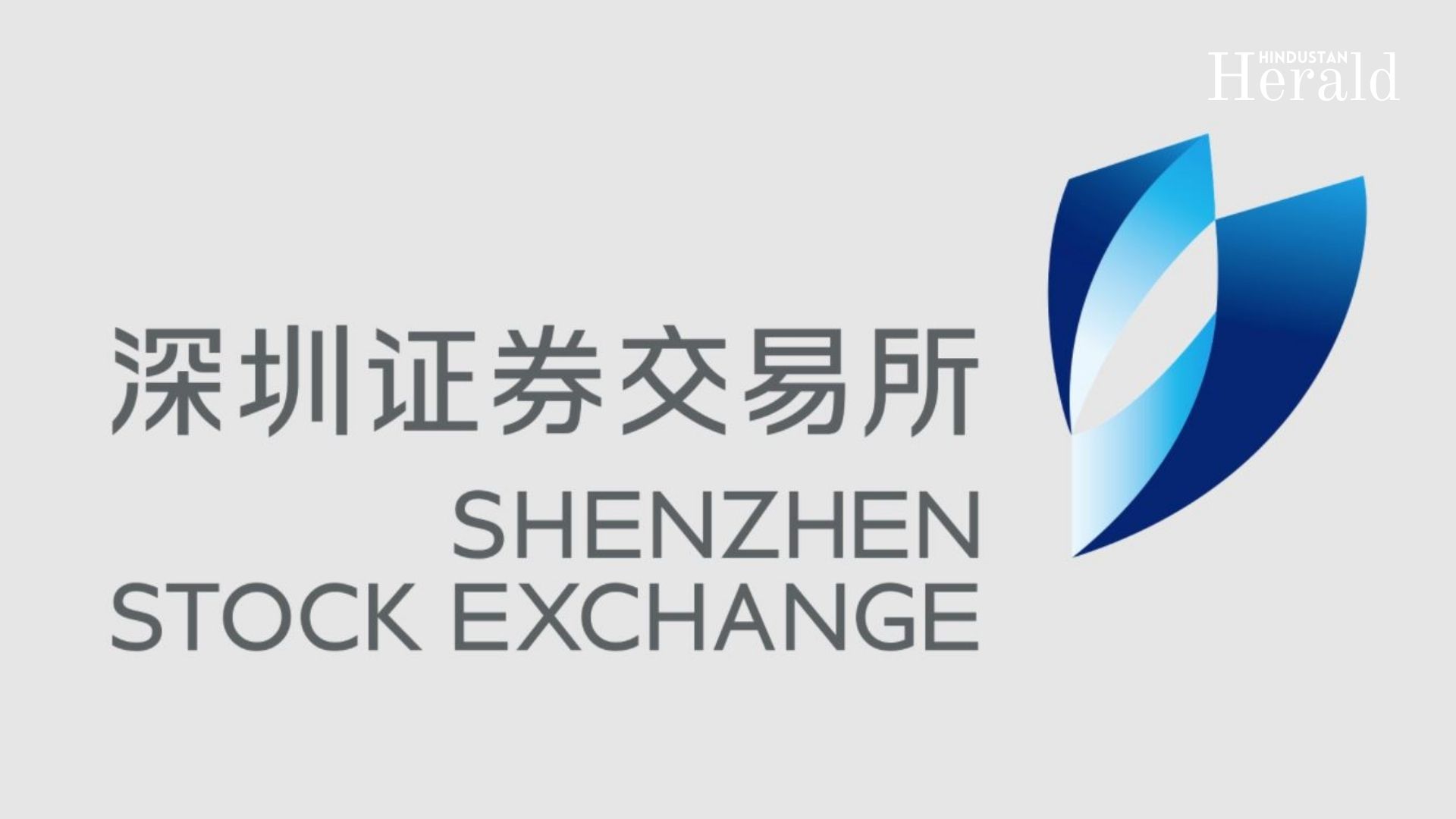SSE Composite Index Faces a 6.06% Drop: What’s Driving the Decline?

Key Highlights:
On April 7, 2025, the SSE Composite Index, which tracks the performance of stocks listed on the Shanghai Stock Exchange, saw a sharp 6.06% decline, closing at 3,139.45. This marked a significant drop from the previous close of 3,342.01. As one of the major benchmarks for China’s stock market, this downturn has caught the attention of investors and analysts alike, raising concerns about market sentiment and the broader economic environment in China.
Market Performance Breakdown:
- Opening Price: 3,193.10
- Day Low: 3,095.63
- Day High: 3,217.78
- Previous Close: 3,342.01
- Today’s Close: 3,139.45
The drop of 202.56 points on April 7, 2025, highlighted a significant market shift. The SSE Composite Index opened at 3,193.10, briefly touching a high of 3,217.78, before falling to the day’s low of 3,095.63, a 6.06% decrease. This marked one of the worst single-day performances in recent weeks, and it happened amid an already volatile global economic environment.
Contributing Factors to the Decline:
Several factors contributed to this downturn:
- Global Market Uncertainty: The international financial markets have been experiencing considerable volatility, with geopolitical tensions and shifting trade dynamics impacting investor sentiment. This uncertainty often spills over into Chinese markets, as the SSE Composite Index tracks numerous major companies with substantial international exposure.
- Domestic Economic Concerns: Despite efforts by the Chinese government to stabilize its economy, domestic challenges like inflation, supply chain disruptions, and fluctuating demand for exports continue to pressure the market. Additionally, concerns about government intervention in market dynamics have been raised, especially after recent regulatory changes affecting technology and real estate sectors.
- Investor Sentiment: A combination of investor pessimism and weak corporate earnings reports contributed to the decline. The bearish sentiment led to sell-offs, which amplified the market downturn.
- Sector-Specific Volatility: Technology and real estate sectors, two key drivers in the SSE Composite Index, have been under scrutiny. Regulatory pressures on the technology sector, combined with a slowdown in real estate, have created a challenging environment for investors. These sectors are highly influential in the index, which makes their struggles particularly impactful.
Key Metrics to Analyze:
- 52-Week High and Low: The 52-week high for the SSE Composite Index stands at 3,674.40, while its 52-week low is 2,689.70. The recent decline pushes the index closer to its 52-week low, raising concerns among investors about the market’s near-term stability.
- Market Sentiment: The significant drop of 202.56 points in one day is indicative of heightened market anxiety. With an index near its 52-week low, traders are likely to remain cautious, and the market may continue to experience fluctuations.
- P/E Ratio: The P/E ratio for the SSE Composite Index provides a valuable perspective on valuation. A high P/E ratio might suggest overvaluation, especially when market conditions are volatile, leading to a decline in stock prices.
- Market Capitalization: As a broad market index, the SSE Composite’s performance is indicative of investor sentiment across China. A decrease in the index suggests a broader loss of confidence among investors, possibly indicating risk-averse behavior.
SSE Composite Index Long-Term Outlook:
Despite the sharp downturn, the SSE Composite Index has shown resilience over the years. However, investors should carefully monitor economic conditions both within China and globally. While short-term volatility is expected, particularly with regulatory changes and global economic pressure, long-term investors may still find opportunities within Chinese stocks, particularly in sectors that have shown growth potential in the past, such as technology, renewable energy, and consumer goods.
What’s Next for Investors?
For investors focused on short-term gains, the recent drop in the SSE Composite Index might indicate an opportunity for buying on the dip. However, caution is necessary as global market uncertainties and domestic issues in China continue to affect stock prices. Long-term investors, on the other hand, may wish to wait for more stability in the market before making further moves.
The SSE Composite Index’s 6.06% decline on April 7, 2025, raises concerns about the broader market trends within China. With factors such as global economic uncertainties and domestic challenges weighing heavily on the market, investors should be prepared for continued volatility. However, despite these short-term challenges, the long-term prospects for the SSE Composite remain promising, as China continues to play a central role in the global economy.
For now, investors will need to keep a close eye on the market’s next movements, particularly in the wake of this significant drop, and adjust their strategies accordingly.
The Hindustan Herald Is Your Source For The Latest In Business, Entertainment, Lifestyle, Breaking News, And Other News. Please Follow Us On Facebook, Instagram, Twitter, And LinkedIn To Receive Instantaneous Updates. Also Don’t Forget To Subscribe Our Telegram Channel @hindustanherald








